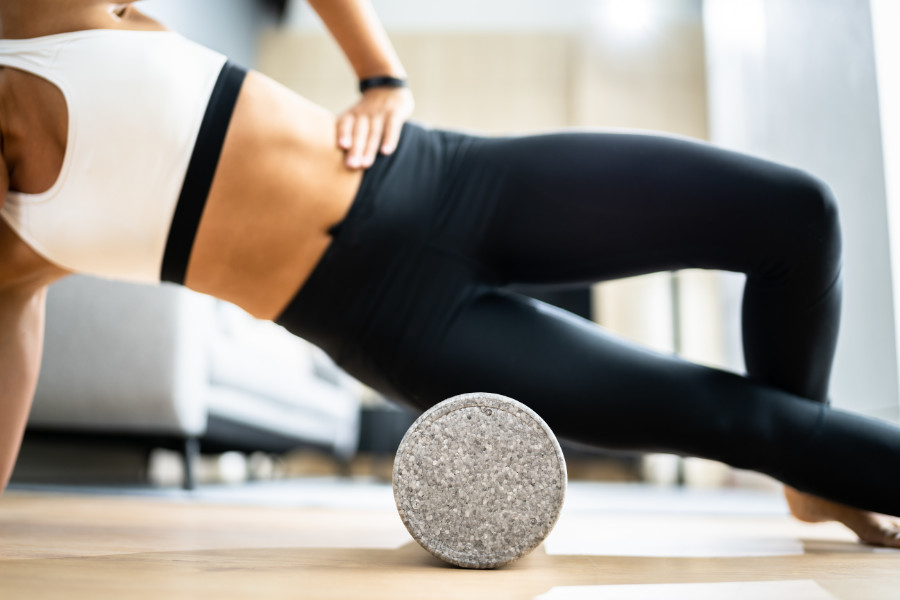
Exploring Different Approaches to Muscle Recovery
When it comes to muscle recovery and overall well-being, there are many techniques available. From dry needling to massage, stretching, and foam rolling, each method offers its own unique benefits. But how do you know which one is right for you? The answer often depends on your lifestyle, activity level, and personal preferences.
Understanding different recovery approaches can help you find what works best for your body, whether you’re dealing with muscle tightness, general soreness, or simply looking to improve mobility.
The Role of Dry Needling in Muscle Recovery
Dry needling is a technique used to help relax tense muscles and support mobility. Unlike massage or stretching, which focus on surface-level tension, dry needling targets deeper muscle areas. Many people describe the experience as similar to a deep tissue release, with a noticeable feeling of relief afterward.
One of the benefits of dry needling is that it can be integrated with other wellness techniques. Whether you’re an athlete, an office worker, or just looking to move with ease, it may complement your existing recovery routine.
Comparing Dry Needling to Other Recovery Methods
Several recovery techniques can be effective in promoting muscle relaxation and flexibility. Here’s how dry needling compares to some of the most common approaches:
- Massage Therapy: Great for promoting circulation and relaxation, massage provides hands-on muscle work that can help reduce tightness. Unlike dry needling, it focuses more on surface-level muscle tension rather than deeper muscle areas.
- Stretching & Mobility Exercises: These methods help maintain flexibility and prevent stiffness over time. While stretching is beneficial for daily movement, it may not always address deeper areas of tension in the same way dry needling does.
- Foam Rolling: A popular self-care tool, foam rolling applies pressure to muscles, similar to a deep tissue massage. It can be effective for muscle soreness but might not offer the same targeted relief as dry needling.
Each of these techniques can play a valuable role in maintaining muscle health, and the best approach often involves a combination of methods.
Finding What Works Best for You
Ultimately, the right recovery technique depends on how your body responds. Some people prefer a hands-on approach like massage, while others find dry needling to be a beneficial addition to their routine. It’s helpful to explore different techniques and see what leaves you feeling your best.
Whatever method you choose, supporting your body with hydration, movement, and proper rest can help you maintain a balanced and healthy lifestyle.
The content in this blog is for informational purposes only and is not a substitute for professional medical advice, diagnosis, or treatment. Always consult your doctor or a qualified healthcare provider before trying new healthcare protocols.



